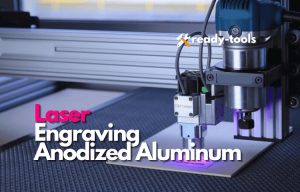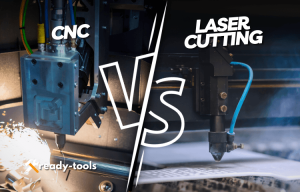Welcome to our comprehensive guide on how to 3D print a house! In this article, we will walk you through the fascinating world of 3D printing technology and its application in the construction industry.
Whether you are a homeowner, architect, or simply curious about the future of housing, this guide will provide you with valuable insights and practical information to help you understand the process and its benefits.
So, let’s dive in and explore the exciting realm of 3D printed homes!
Chapter 1: Understanding 3D Printing in Construction
What is 3D Printing?
3D printing, also known as additive manufacturing, is a revolutionary technology that enables the creation of three-dimensional objects by layering materials based on a digital model.
Traditionally used in prototyping and manufacturing, 3D printing has now found its way into the construction industry, offering numerous advantages over traditional building methods.
The Advantages of 3D Printed Houses
- Cost-Effectiveness: 3D printing can significantly reduce construction costs by minimizing material waste and optimizing the use of resources.
- Speed and Efficiency: Compared to traditional construction, 3D printing allows for faster and more efficient building processes, potentially reducing project timelines by weeks or even months.
- Design Freedom: 3D printing enables architects and designers to create intricate and unique structures that were previously difficult or impossible to achieve with conventional construction techniques.
- Sustainability: By reducing waste, using eco-friendly materials, and optimizing energy consumption, 3D printing contributes to a more sustainable and environmentally friendly approach to construction.
- Affordability and Accessibility: The potential for mass production of 3D printed houses has the promise of making housing more affordable and accessible for people around the world.
Chapter 2: The Process of 3D Printing a House
Step 1: Designing the Digital Model
The first step in 3D printing a house is to create a digital model of the desired structure. Architects and designers use specialized software to design and optimize the model, taking into account factors such as structural integrity, aesthetics, and functionality.
Step 2: Material Selection
Choosing the right materials for 3D printing is crucial. While various materials can be used, the most common one is a mixture of cement, fibers, and additives. This material, often referred to as “concrete,” is durable, cost-effective, and suitable for 3D printing large-scale structures.
Step 3: Preparing the 3D Printer
Before the printing process begins, the 3D printer needs to be prepared. This involves calibrating the machine, ensuring a stable printing surface, and setting up the necessary infrastructure for material supply and movement.
Step 4: Printing the Structure
Once the preparation is complete, the 3D printing process starts. The printer follows the digital model’s instructions, layer by layer, depositing the chosen material to form the structure. The printer’s precision and accuracy are essential to ensure a stable and structurally sound building.
Step 5: Post-Printing Finishing
After the 3D printer completes the structure, some finishing touches may be required. This includes removing any support structures, refining the surfaces, and preparing the structure for further construction stages, such as electrical and plumbing installations.
Chapter 3: Challenges and Future Outlook
Current Challenges
While 3D printing in construction holds tremendous potential, there are still challenges to overcome. Some of the key challenges include:
- Regulatory Hurdles: Existing building codes and regulations may not be fully adapted to accommodate 3D printed construction methods, creating barriers for widespread adoption.
- Material Optimization: Further research and development are needed to optimize the properties of 3D printing materials, ensuring long-term durability, strength, and resistance to various environmental factors.
- Scalability: Scaling up 3D printing for larger structures poses technical and logistical challenges that need to be addressed to fully realize the technology’s potential.
Future Outlook
Despite the challenges, the future of 3D printing in construction looks promising. As the technology continues to advance and gain acceptance, we can expect to see:
- Increased Adoption: More companies and governments are investing in research and development to harness the potential of 3D printing in construction, which will lead to increased adoption and application of the technology.
- Innovative Designs: 3D printing opens up new avenues for architectural design, allowing for intricate shapes, curved surfaces, and complex geometries that were previously challenging to achieve.
- Sustainable Construction: With a focus on sustainable practices, 3D printing offers the potential to reduce waste, lower energy consumption, and utilize recycled or eco-friendly materials.
- Affordable Housing Solutions: 3D printed houses have the potential to address housing shortages and provide affordable housing solutions, particularly in regions with limited resources or facing housing crises.
Conclusion
In conclusion, 3D printing has emerged as a game-changing technology in the construction industry. Its ability to create affordable, sustainable, and customizable structures opens up new possibilities for the future of housing.
By leveraging the advantages of 3D printing and addressing the current challenges, we can pave the way for a more efficient, innovative, and accessible approach to building homes.
So, whether you are an architect, a homeowner, or simply curious about the future of construction, keep an eye on the exciting developments in 3D printed houses.




